Did you know that Americans spend an average of nearly 90% of our time indoors? In the modern world, finding time to connect with nature can be a challenge. However, spending time in nature has been linked to reduced anxiety levels and stress, as well as improved mood, concentration, and physical health. So how do we spend more time connecting with nature, when so many of us work indoors full-time?
There’s a growing movement in the interior design world known as Biophilic Design. It seeks to bridge this gap by bringing the outdoors in. This innovative approach to design harnesses the restorative power of nature to create spaces that not only look beautiful, but also promote health and happiness.
Shop Sydney’s Favorites
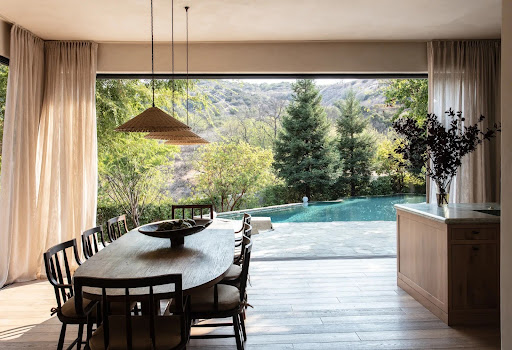
What is Biophilic Interior Design?
Biophilic interior design is a design philosophy rooted in the idea that humans have an innate desire to connect with nature. It seeks to integrate natural elements, colors, materials, and shapes into our buildings to enhance our well-being. The concept of biophilia can be traced back to ancient Greece, when philosophers began to study the calming effects of natural environments on humans.
By creating spaces that mimic the natural world, biophilic design aims to reduce stress, boost productivity, improve mood, and foster a sense of connection with the outdoors. This design approach is about more than just adding some potted plants into your home. It involves maximizing natural light, using shapes, colors, patterns and textures found in nature, and incorporating elements like water features and sustainable materials.
Physical Health and Psychological Benefits
Research shows that biophilic interior design can improve our physical and mental health. Enhancing our connection to the outdoors has been shown to reduce stress and anxiety levels, and contribute to a better sense of well-being, happiness, and emotional regulation.
The use of plants and fresh air improves air quality, ventilation, and reduces indoor pollutants. Plants are natural purifiers, as they absorb toxins from the air while releasing oxygen. This doesn’t just help lung health, but improves cognitive function as well! Incorporating more living plants, and therefore having better air quality in our homes, has been shown to enhance creativity, increase productivity and focus, boost motivation, as well as improve sleep quality and regulation of circadian rhythms.
People also tend to gravitate to spaces that use biophilic design elements. According to Architectural Digest, one study found that people spent more time in biophilic-inspired hotel lobbies as compared to less nature-forward lobbies, and another study found that student test scores increased and absenteeism decreased when schools in Washington State switched to a biophilic design approach.
How to Incorporate Biophilic Design Into Your Home
1. Maximize Natural Light and Fresh Air
Increasing the amount of natural light and fresh air in your home can improve indoor air quality, regulate circadian rhythms, and enhance overall well-being. This can be done by positioning furniture near windows, creating a window reading nook, installing window screens and screen doors to allow for leaving windows and doors open, using sheer curtains, and minimizing obstructions in front of your windows to allow ample sunlight and fresh air to filter through.
Shop Now
High-End Air Purifier / AROEVE Air Purifier / My Go-To Light-Filtering Linen Curtains
2. Create Indoor-Outdoor Floor Plans
Design indoor spaces that seamlessly transition to outdoor areas with features like sliding glass doors, patios, or balconies, allowing for easy access to the outdoors.
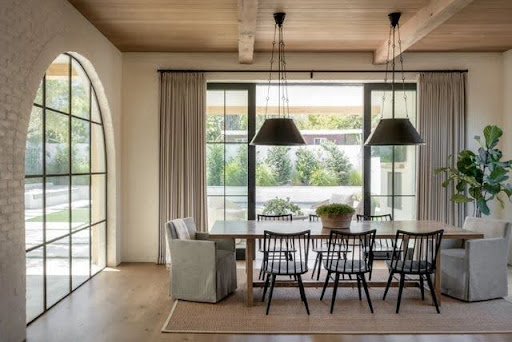
3. Highlight Views of Nature
Position furniture to take advantage of views of natural landscapes, gardens, or greenery outside to create a sense of connection with the outdoors.
4. Incorporate Plants
Designing our spaces to include atriums, indoor gardens, and lots of plants allows us to bring the outdoors in. I would suggest creating a cohesive design by using plants that can be found in the landscape around your home! For example, if you live in a desert landscape, you can use cacti, succulents, desert lilies, and palm plants. If you live in a forest landscape, you can incorporate indoor trees, ferns, and flowers. Likewise, use tropical plants in a tropical environment. This will make your space feel even more connected to the actual natural environment right outside, and will ensure that your plants live longer.
Shop Now
Plants.com / West Elm – Live Botanicals
5. Embrace Organic Shapes and Patterns
Introducing organic shapes, curves, and patterns inspired by nature into interior spaces creates a sense of movement and vitality. It provides a calming contrast to the hard lines, sharp corners, and sleek manufactured surfaces common in modern architecture and design.
Shop Now
Saban Curved Sofa / Mella Sofa / Gladys Platform Bed / Harlowe Swivel Chair / Raphael Nightstand / Ada Oval Coffee Table / Monti Coffee Table / Winslow Oak Wood Side Table / Mid-Century Wood Wall Mirror
6. Use Colors and Textures Inspired by Nature
Incorporate colors and textures that you can find in nature into design elements such as rugs, artwork, wallpaper, and upholstery to evoke the beauty of the natural world.
Shop Now
Landscape Meadow Print / Coastal Landscape Set of 3 Prints / Paint Color Sample Bundle Inspired by Nature 1 / Scenic Tree Wallpaper / Mountain Forest Landscape Print / Paint Color Sample Bundle Inspired by Nature 2
7. Incorporate Water Elements
Introduce features such as fountains, ponds, or indoor waterfalls to evoke the calming effects of water and create a sense of serenity. You can even incorporate the sounds of nature, such as the sound of water trickling through a pond or fountain, or a noise machine featuring sounds like waves crashing or birds chirping.
Shop Now
Ternary Fountain / Cylinia Fountain / Mirror Fountain / Floor Fountain
8. Use Sustainable and Natural Materials
Using environmentally friendly, renewable materials, such as wood, bamboo, cork, stone, jute, and rattan helps minimize environmental impact. Using these materials in their raw form, such as reclaimed wood and natural stone, also fosters a feeling of being surrounded by natural elements. Wearwell, Made Trade, and Done Good offer a wide variety of sustainable home decor.
Shop Now
Organic Cotton Bedding / Organic Bamboo Bedding / Sustainable Natural Fiber Area Rugs / Non-Toxic & Organic Bedding / Sustainable Bamboo Bedding / Grasscloth Peel & Stick Wallpaper

Incorporating biophilic interior design principles into your home can transform your living space into a sanctuary that nurtures your body, mind, and soul. By embracing nature through the use of plants, natural materials, colors, and indoor-outdoor living, you can create a harmonious environment that promotes well-being and enhances your overall quality of life.
I’m an interior designer based in San Diego, serving clients throughout the West Coast and beyond. If you’re interested in working with a designer on an upcoming home project, I would love to chat with you! Head to this link to learn more about my services and past work, or contact me about a project. You can also follow me on Instagram @sydneyhollidayinteriors for more interior design tips, tricks, and inspiration.

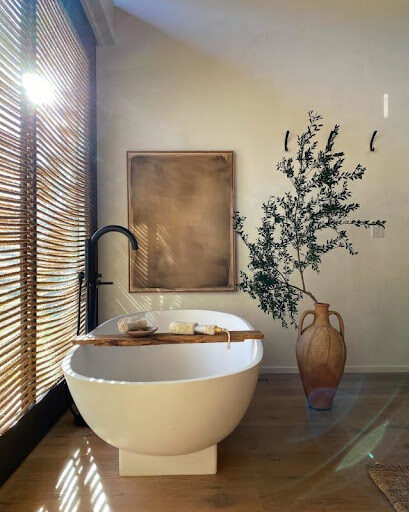
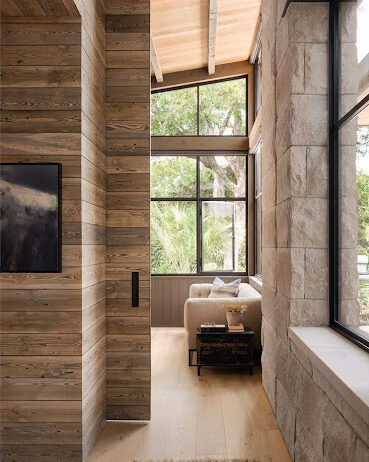


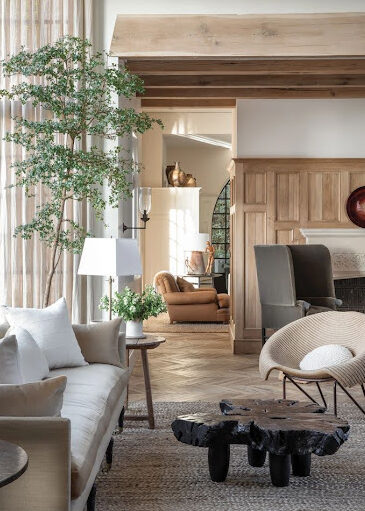
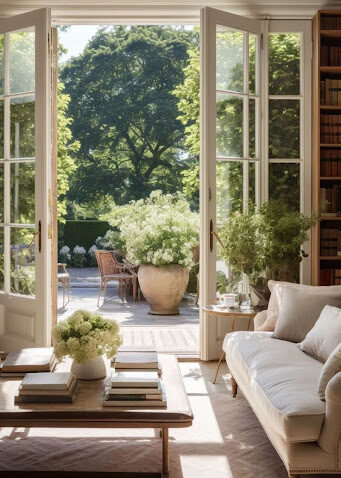
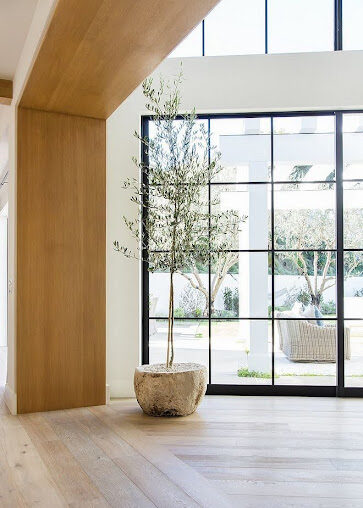
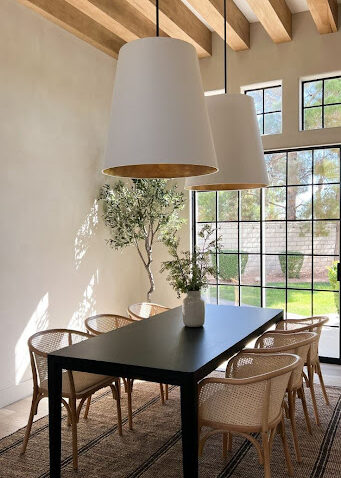

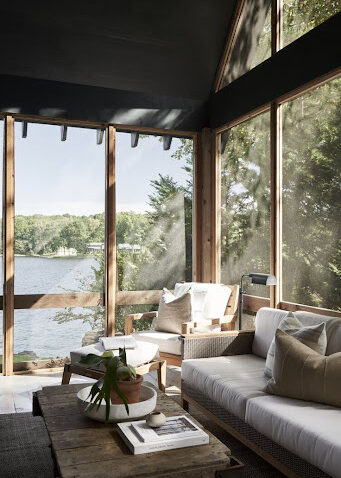

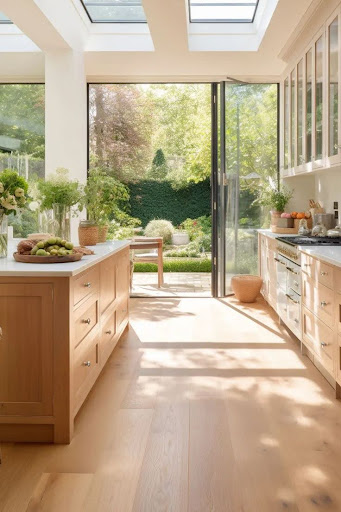

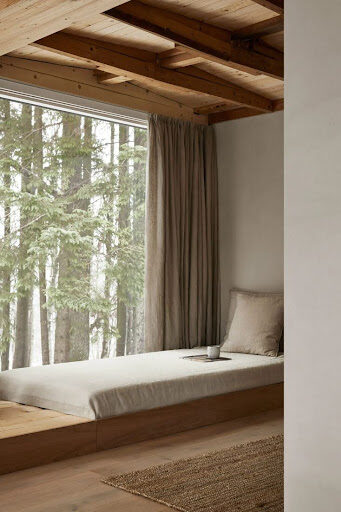
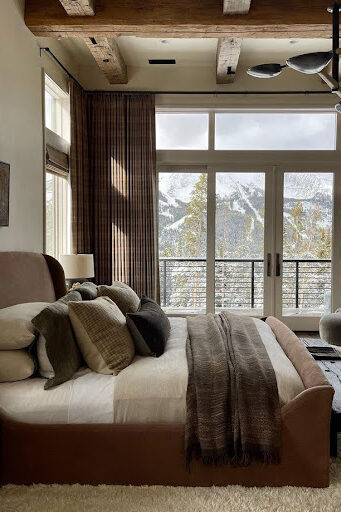
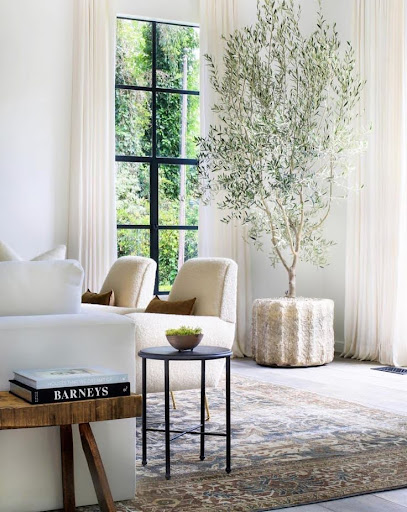
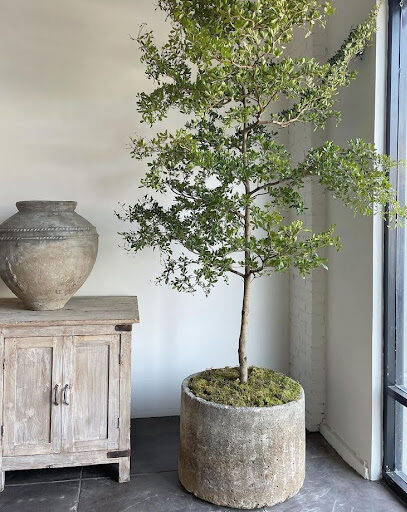
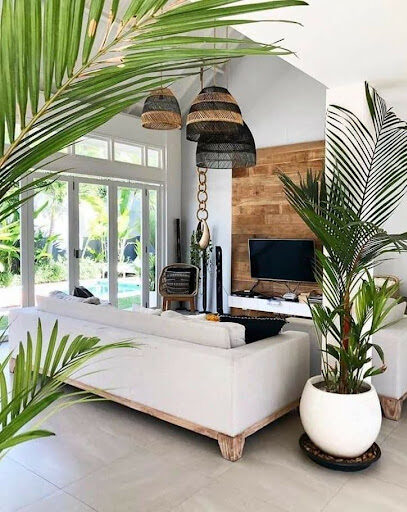
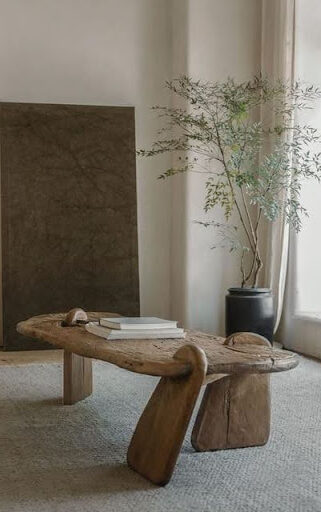
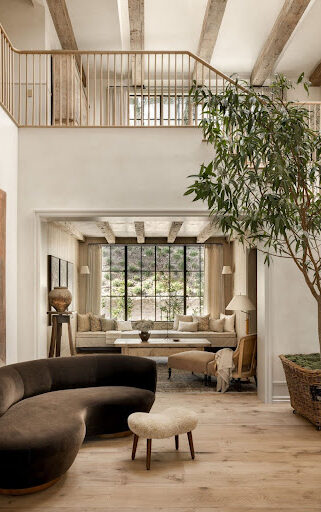
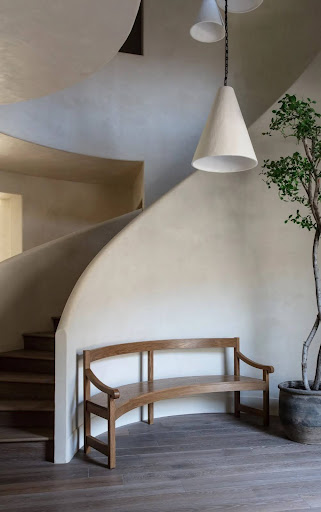

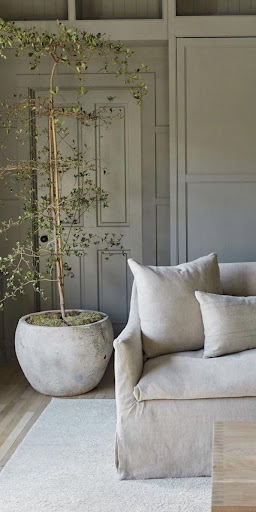
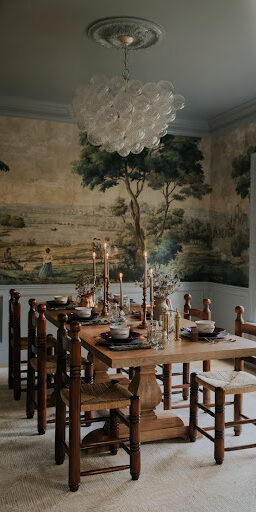

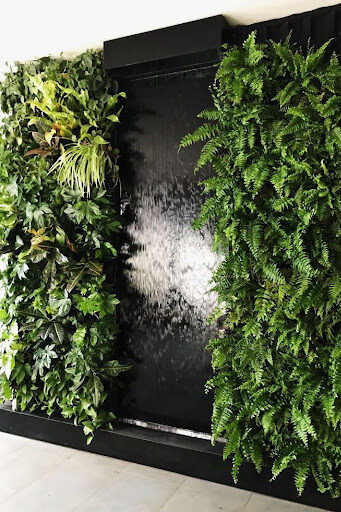
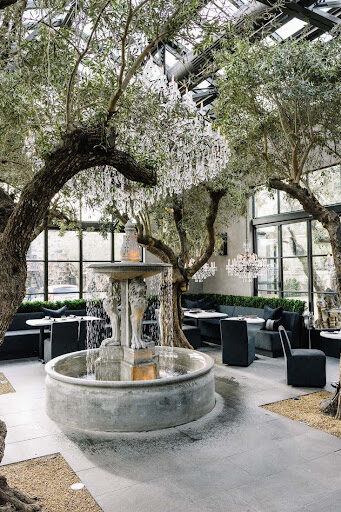
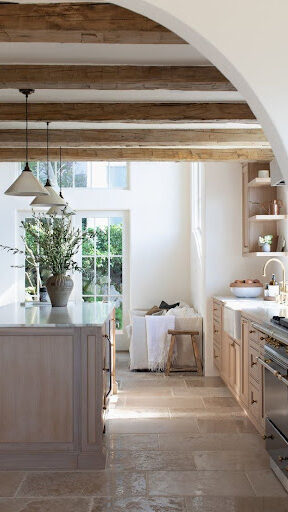
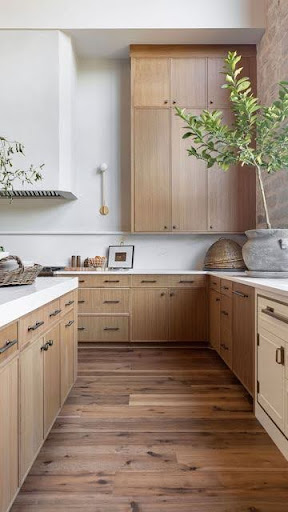

Comments +